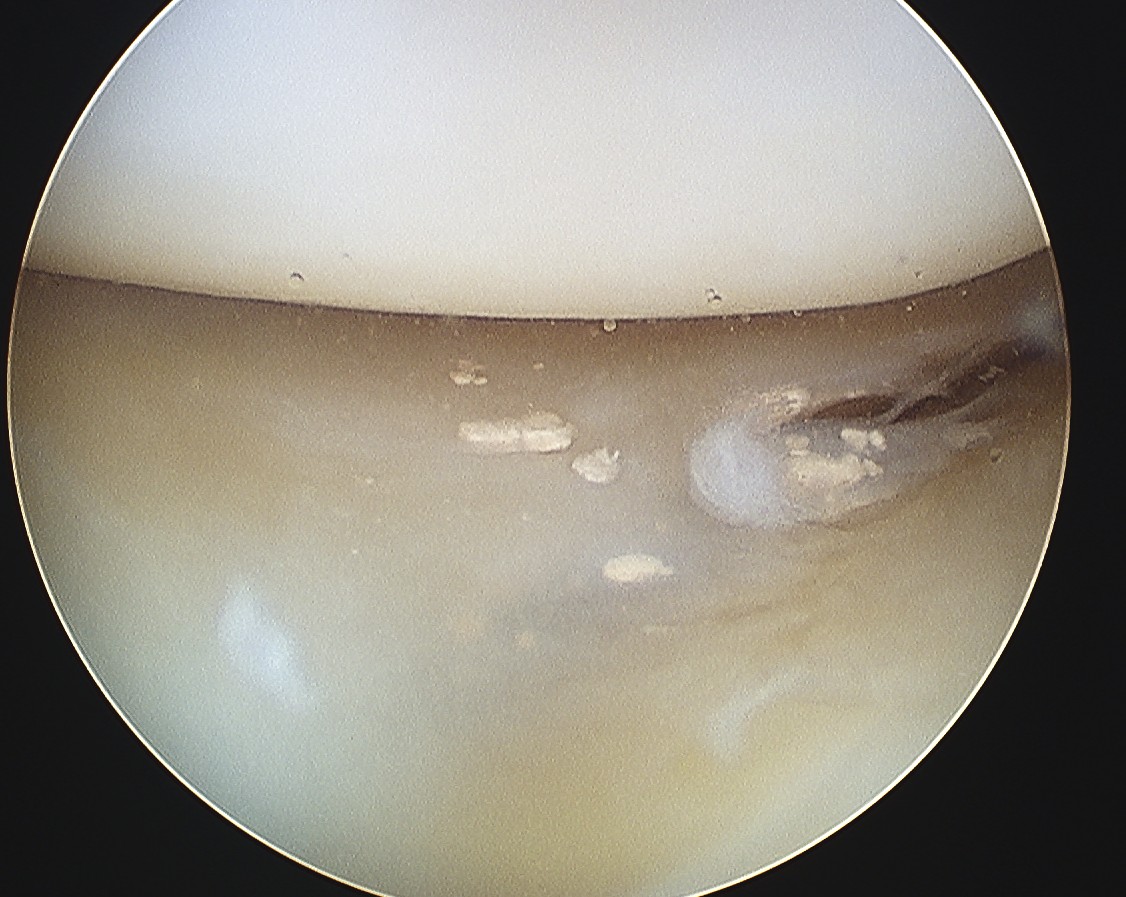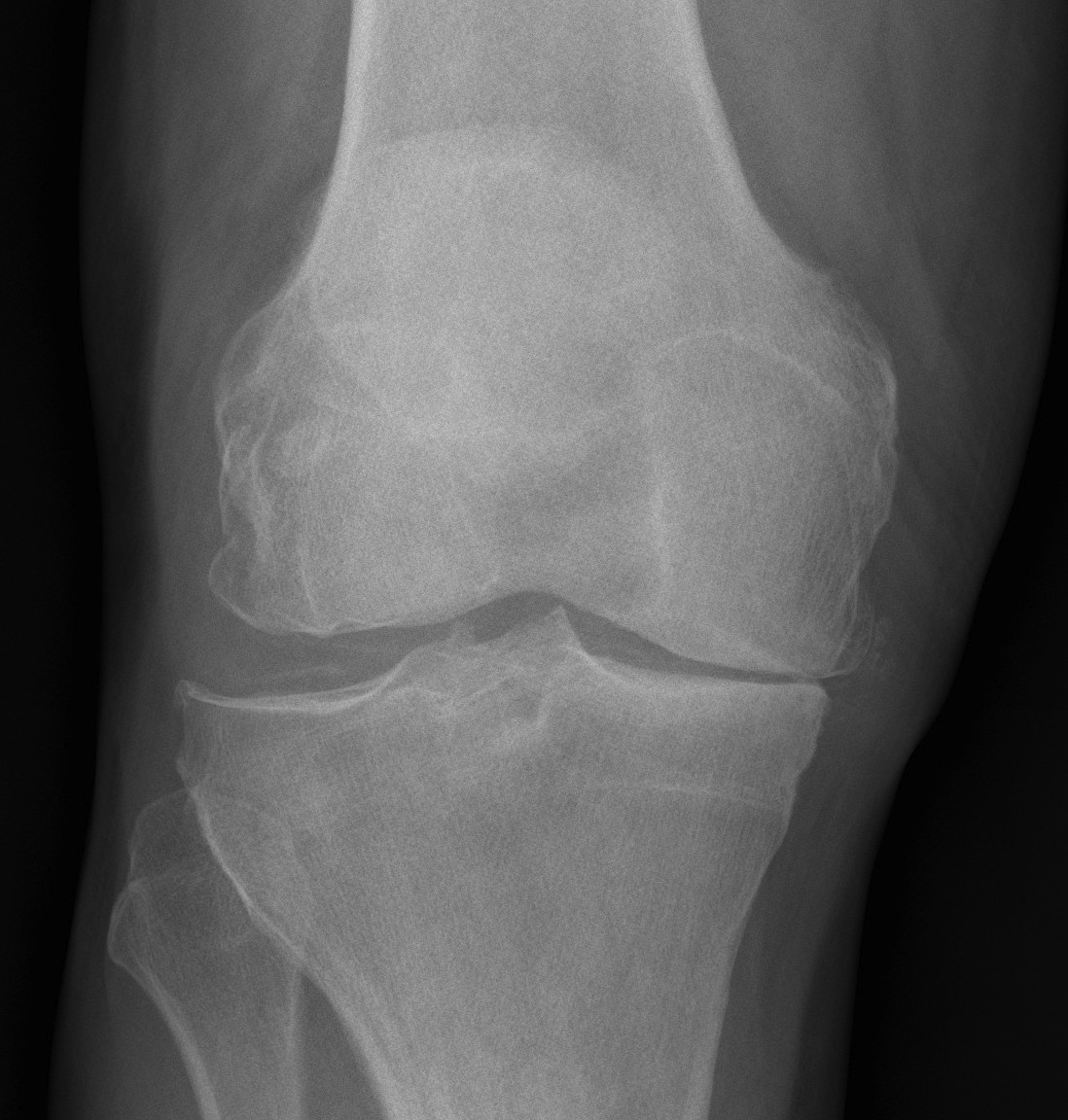Definition
Accumulation of calcium salts in the soft tissues
- Dystrophic or Metastatic
Different from bone formation
- calcification is typically amorphous calcium crystals
- ossification has bone organic matrix (Osteoid) & cells
Types
Dystrophic
Metastatic
Dystrophic


Normal serum calcium deposited in damaged tissues
Two phases
Initiation
- exact mechanism uncertain
- necrosis exposes denatured proteins
- binding PO4 exposed
- act as nucleation sites for precipitation of calcium
Propagation
- accentuated by hypercalcaemia
Pathology
Deposits amorphous & non-crystalline
Many forms
- pyrophosphates
- carbonates
- oxalates
- Fe salts
Hydroxyapatite crystals may form
- May progress to Ossification
Degenerative tissues
- atherosclerosis
- damaged heart valves
- infected lymph nodes
- degenerating tumours
- chondrocalcinosis
- CPPD deposition in cartilage
Metastatic
Occur in normal tissue whenever there is hypercalcaemia
- may occur widely
- blood vessels / kidney / lungs / gastric mucosa
HyperCalcaemia
- Primary hyperparathyroidism
- Tertiary hyperparathyroidism / CRF
- malignancy
- immobilisation
- vitamin D Intoxication
- Milk Alkali Syndrome
- Sarcoidosis
Exact mechanism unknown
-? 2° local high pH
- deposition of basic calcium salts
